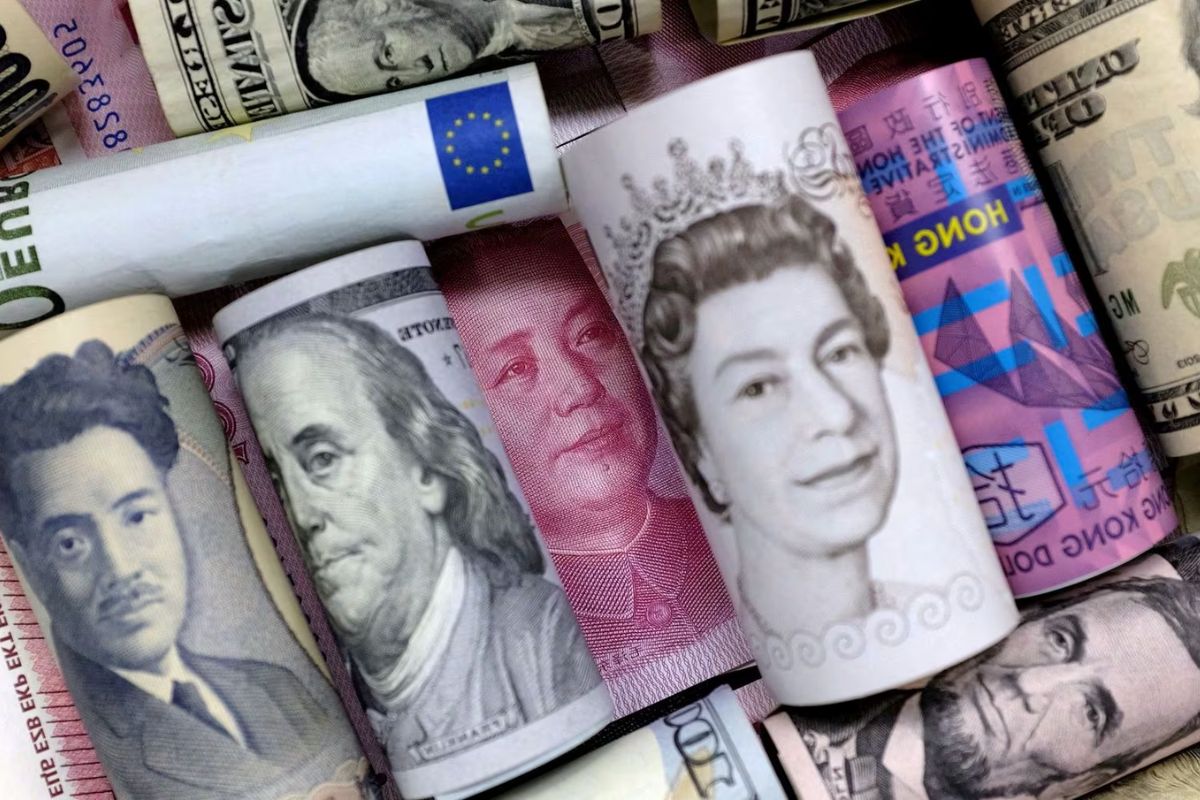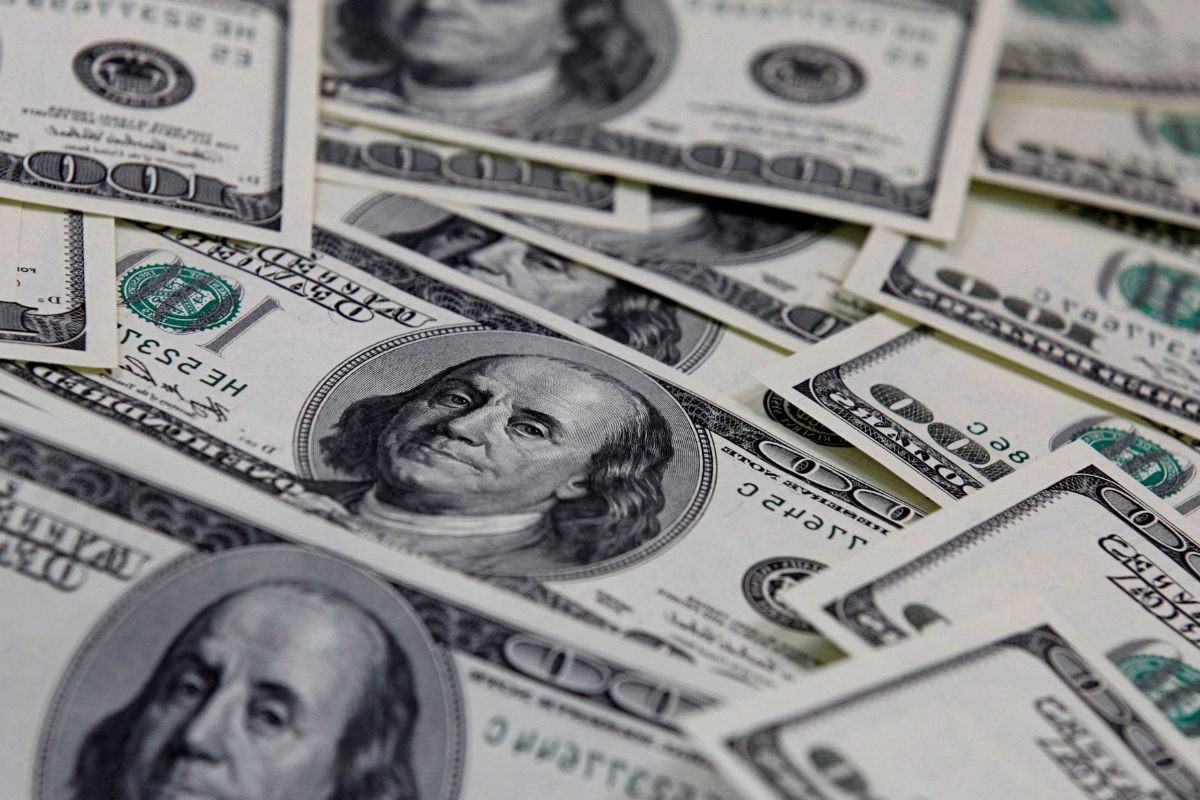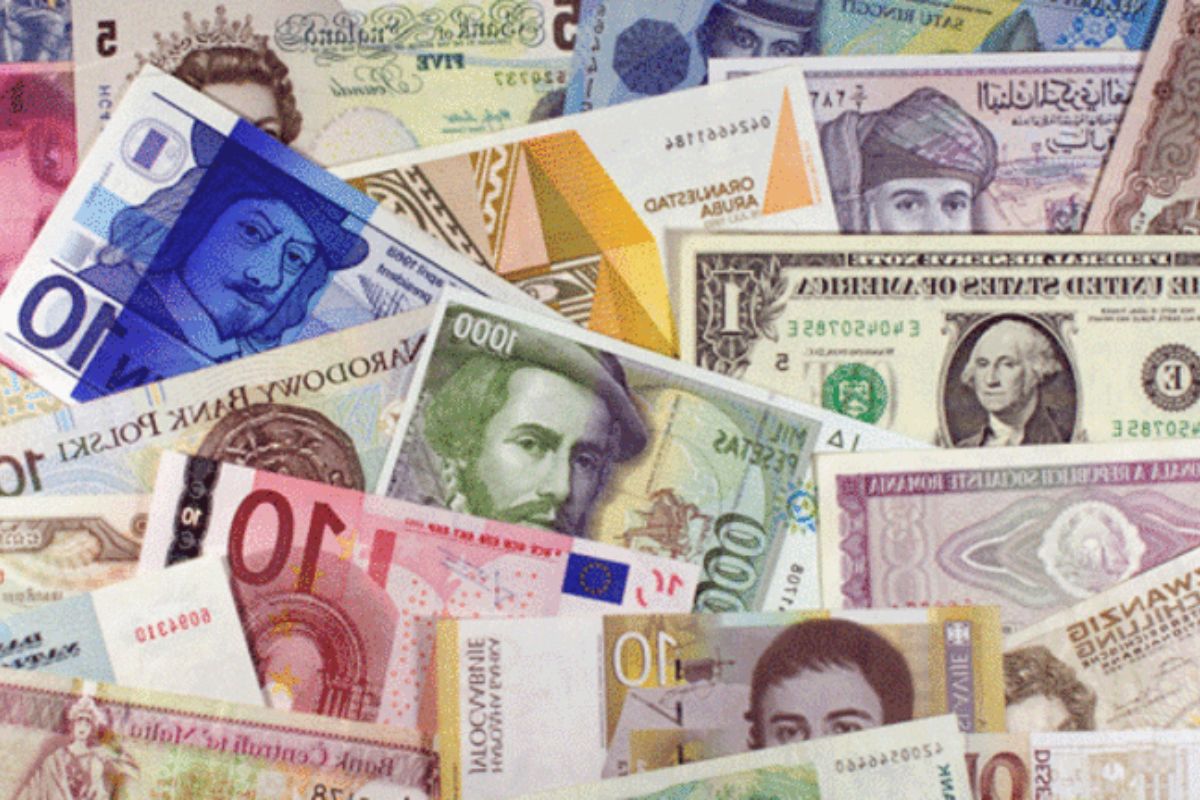Dollar’s Struggles: In the ever-changing landscape of global financial markets, the struggle of the US dollar and the rise of the Japanese yen have recently captured the attention of investors and analysts. The catalyst behind these movements? Option expiries.
As central bank decisions and market expectations continue to shape the direction of currencies, the expiration of currency options adds an additional layer of complexity to an already volatile market.
So, what exactly are the implications of these expiries? How do they contribute to the dollar’s struggles and the yen’s ascent? In this discussion, we will delve into the intricacies of option expiries and their impact on these two major currencies, offering insight, controversy, and a deeper understanding of the forces at play.
Key Takeaways
– Option expiries can contribute to the rise of the Japanese yen, as the expiration of currency options can impact supply and demand dynamics and influence the yen’s trajectory.
– Central bank decisions, particularly those of the Bank of Japan, can influence the strength of the yen and affect the performance of the US dollar.
– Market speculations and fluctuations in the yen’s value can be influenced by the commentary provided during the Bank of Japan’s meetings.
– Monitoring central bank actions and market events is crucial for analyzing yen movements and understanding the factors contributing to its upward momentum.
Also Read: Asia Stocks Face Challenges, Dollar Uncertainty as China Stays Put on Rates
Dollar’s Uphill Battle: Central Bank Decisions and Market Expectations
The U.S. dollar finds itself facing an arduous climb due to the intricate interplay between central bank decisions and the ever-changing landscape of market expectations.
Central bank decisions, especially in Japan and Europe, heavily influence the value of the dollar. The Bank of Japan’s monetary policy decisions, for instance, can impact the yen’s strength, which in turn affects the dollar’s performance. Similarly, the European Central Bank‘s policy decisions and the ongoing uncertainty surrounding Brexit can create volatility in the euro, further complicating the dollar’s path.
Furthermore, the dollar’s value is also influenced by market expectations for Federal Reserve rate cuts. Fluctuating expectations for rate cuts can lead to market uncertainty and affect the dollar’s standing.
Therefore, the dollar’s climb is not just a result of economic factors but also the result of intricate interactions between central bank decisions and market expectations.
Yen’s Reversal: BOJ Meeting and Currency Options Expire
Central bank decisions and market expectations significantly impact the value of the U.S. dollar. This intricate interplay also plays a crucial role in the recent reversal of the Japanese yen.
The Bank of Japan’s (BOJ) meeting and the expiration of currency options have both contributed to the yen’s upward momentum. The BOJ’s commentary during the meeting, such as indications of potential policy shifts or changes in interest rates, can influence market speculations and lead to fluctuations in the yen’s value.
Additionally, the expiration of currency options can create a surge in trading activity and impact supply and demand dynamics, further influencing the yen’s trajectory.
These factors highlight the importance of closely monitoring central bank actions and market events when analyzing currency movements. They can provide valuable insights into the future direction of the yen.
Divergence in Rate Cut Expectations: Dollar’s Tentative Rally
Amid diverging rate cut expectations, the U.S. dollar cautiously rallies, reflecting a nuanced response to resilient economic data and contrasting market projections. Here are three key points to consider:
1. Resilient economic data: The dollar’s tentative rally can be attributed to strong economic indicators, such as robust job growth and increased consumer spending. These positive data points have created a sense of optimism among investors, leading them to reassess the need for aggressive rate cuts by the Federal Reserve.
2. Contrasting market projections: While economic data suggests a relatively healthy U.S. economy, market expectations for rate cuts remain high. This disconnect between the economic fundamentals and market sentiment has contributed to the cautious rally of the dollar, as investors weigh the potential impact of future rate cuts on the currency.
3. Nuanced response: The dollar’s rally is not a straightforward endorsement of the current economic conditions. Instead, it reflects a cautious and nuanced response to the complex interplay between economic data, market expectations, and the Federal Reserve’s stance on monetary policy. This nuanced response highlights the uncertainty and divergence in rate cut expectations, which will likely continue to influence the dollar’s performance in the near term.
Global Factors and Market Focus: ECB Meeting, Turkey’s Policy, and More”
Upcoming events such as the European Central Bank meeting, Turkey’s policy decisions, and disruptions in the Red Sea have become focal points for global markets and are expected to have significant implications for currency movements.
The outcome of the ECB meeting is eagerly anticipated, with market participants speculating that the bank may signal a reduction in borrowing costs to stimulate the European economy. If this materializes, it could weaken the euro against other major currencies.
Additionally, Turkey’s policy decisions are being closely watched, as any unexpected moves could unsettle investor sentiment and lead to increased volatility in emerging market currencies.
Furthermore, disruptions in the Red Sea, such as the recent attack on an Iranian oil tanker, have the potential to disrupt global trade flows and impact the currencies of countries involved.
These global factors highlight the interconnectedness of financial markets and the importance of staying attuned to geopolitical developments.
Stock Market Records and Sterling’s Resilience Amid Dollar Uncertainty
The recent surge in stock market records and the unexpected resilience of the pound sterling have captivated traders amidst the prevailing uncertainty surrounding the trajectory of the dollar. Here are three key takeaways:
1. Stock market records: The S&P 500’s record-high close reflects investor optimism about potential rate cuts, which could stimulate economic growth. However, some experts warn that the market may be overly optimistic, as trade tensions persist and global growth slows.
2. Sterling’s resilience: Despite weak retail sales data and expectations of Bank of England rate cuts, the pound sterling has shown remarkable resilience. This suggests that investors may have priced in the negative news and are focusing on other factors, such as political developments and the potential for a Brexit resolution.
3. Dollar uncertainty: The dollar’s uncertain trajectory adds another layer of complexity for traders. With the possibility of rate cuts by the Federal Reserve and ongoing trade tensions, the dollar’s future remains uncertain. Traders must carefully assess risk and consider alternative currencies as they navigate these challenging times.
Conclusion Of Dollar’s Struggles
In conclusion, the struggles of the dollar and the rise of the yen can be attributed to a combination of factors including central bank decisions, market expectations, and global economic factors.
The divergence in rate cut expectations has also played a role in the dollar’s tentative rally. Additionally, the focus on global events such as the ECB meeting and Turkey’s policy has contributed to the uncertainty in the currency markets.
Overall, these dynamics highlight the complexity and volatility of the foreign exchange market.




